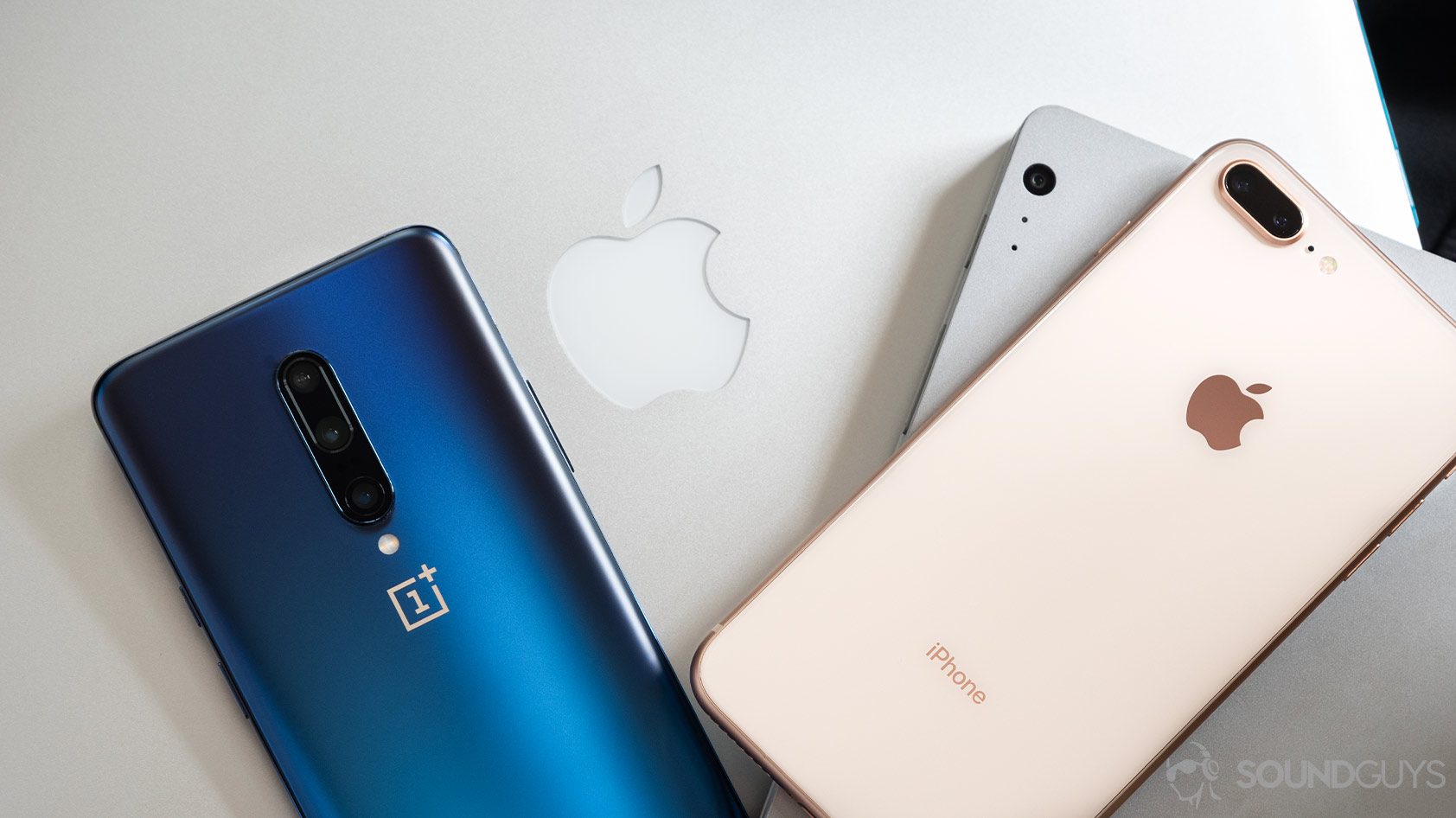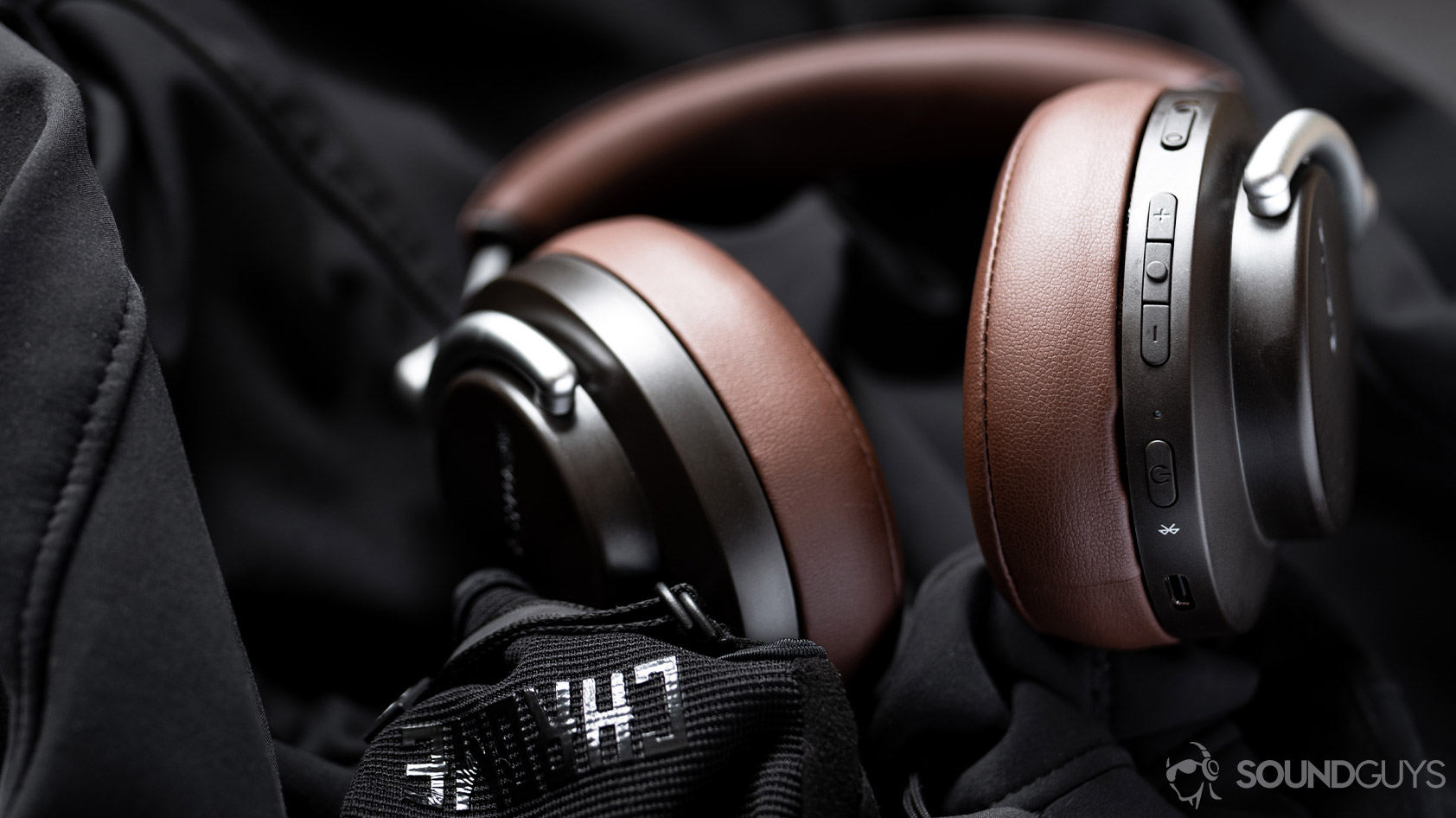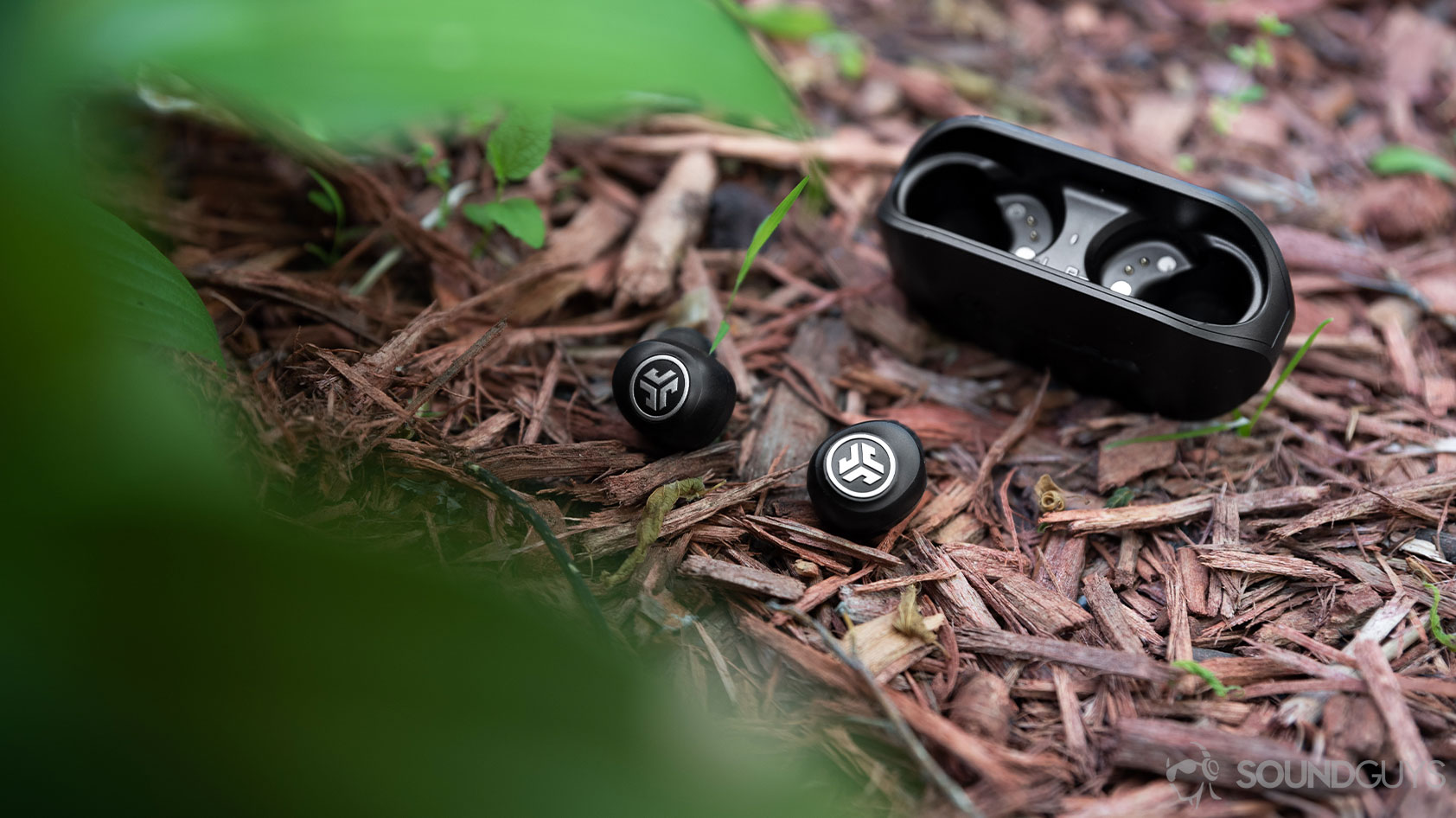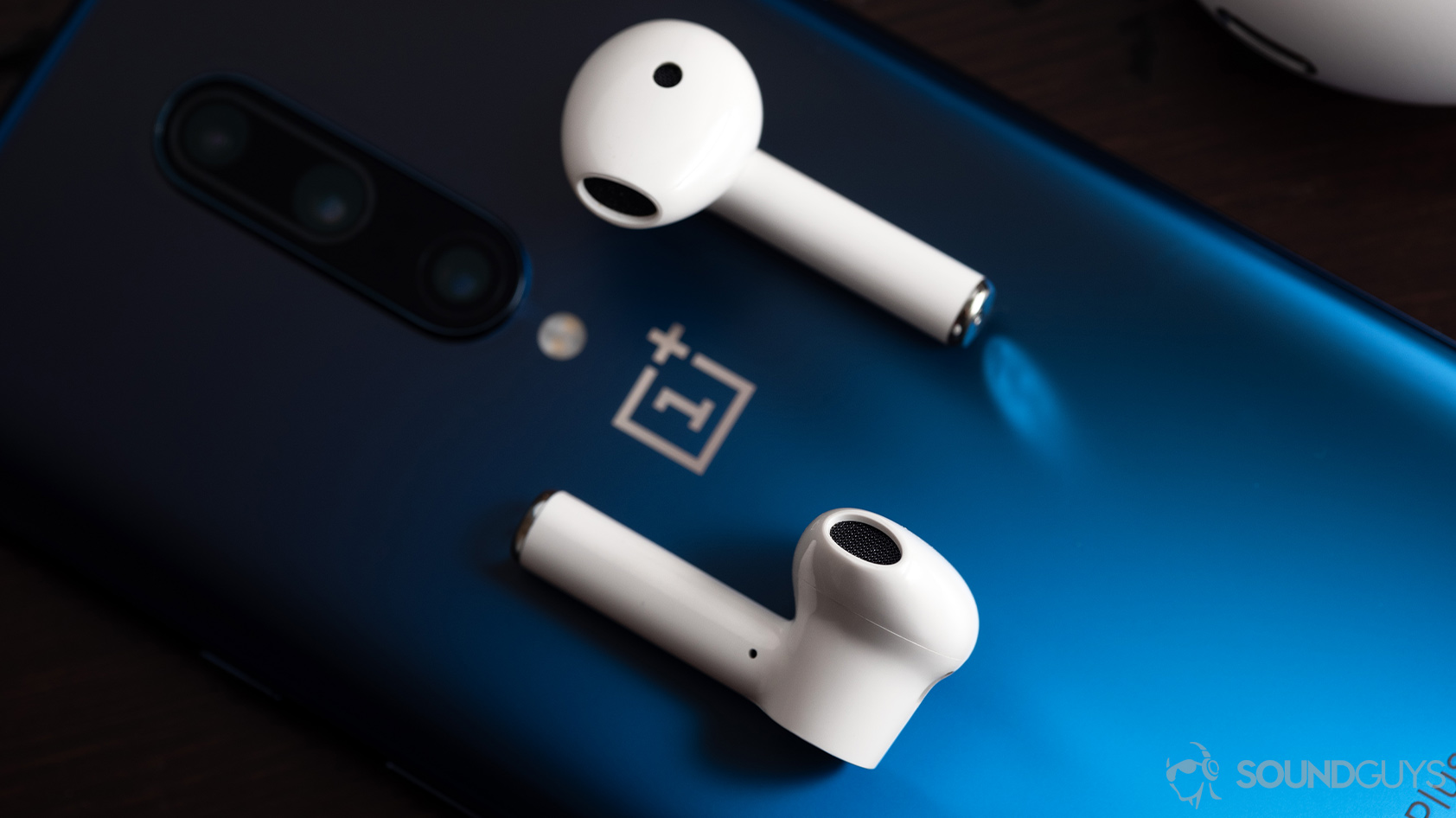All products featured are independently chosen by us. However, SoundGuys may receive a commission on orders placed through its retail links. See our ethics statement.
How to use Bluetooth
December 5, 2022
Although Bluetooth audio has advanced over the years, and continues to make improvements for general consumers and niche communities like hearing-impaired users, but the fact remains that Bluetooth pairing and connectivity can be a fickle fiend. Let’s go over what Bluetooth is and how to use Bluetooth over any operating system, so you can spend more time enjoying your music.
Editor’s note: this Bluetooth guide was updated on December 5, 2022, to add a table of contents and an FAQ section.
What is Bluetooth?

Bluetooth is a wireless standard that devices use to exchange data between one another: it’s how your smartphone transmits audio to your favorite wireless headphones for playback. While our focus is on Bluetooth audio, the technology is also used in TV sets, radio receivers, wireless keyboards and mice, and plenty more.
Bluetooth is managed by the Bluetooth Special Interest Group (SIG), and while it’s a flawed technology, it’s one of the best ways to wirelessly connect two devices. Plus, it’s quite handy when it comes to audio and has advanced to the point of allowing some handsets to connect to multiple devices at once, and for some headsets to receive separate, simultaneous transmissions via Bluetooth multipoint.
Fun fact, the name “Bluetooth” derives from Harald Bluetooth, who was king of Denmark and Norway and united Danish tribes. The name Bluetooth derives from this in the hopes that the technology will unite seemingly unrelated devices over one wireless communication standard.
What are Bluetooth classes?
Bluetooth has a variety of classes (1, 1.5, 2, 3, 4, 5, 5.3), all of which permit different power outputs and wireless ranges. A Class 1 Bluetooth device has a 100-meter wireless range, and most mobile devices merit this classification. If your smartphone has a 100-meter wireless range but your Class 2 headset only has a 10-meter wireless range, operation defaults to the lowest-common range.
Bluetooth audio gets a bad rap

Poor Bluetooth: it gets berated time and time again for how it isn’t on a par with wired audio quality. While it’s true that wired audio is still king for the audiophile out there, it’s also true that Bluetooth audio’s maturation yielded vast improvements in Bluetooth codec qualities—even for the lowest-common-denominator codec, SBC.
At this point, most listeners’ ears are either too old to discern a difference between high-quality Bluetooth codec qualities, or too damaged from things like noise-induced hearing loss (NIHL). The salient problem with Bluetooth then, becomes less about quality for the average consumer, and more about consistency and user experience. There are thousands upon thousands of Bluetooth audio products stocking the virtual shelves of all of your beloved online retailers, and yet, many of them still provide poor instructions on how to use Bluetooth for pairing, adding another device, or resetting them.
Editor’s note: true wireless earbuds usually require listeners to remove both earbuds from the case to initiate pairing. Some require the earbuds to remain in the case, while a button is held on the case until an LED flashes. Consult the paperwork to see how your headset operates.
How to pair Bluetooth headphones on iOS
iOS devices are made exclusively by Apple and consist of all iPhones and iPads. Luckily, the process is identical between the two, so we’re can lump these processes together.
- Open the Settings app, and select Bluetooth from the left column.
- Move Bluetooth switch to the On position; the tab will display as green.
- Once Bluetooth is enabled, a list of available devices will populate. These are all of the devices in your vicinity available for connection.
- Hold down the power button on your headphones or speaker to turn it on. Some devices require you to hold it down for 3 seconds, while others have a dedicated Bluetooth pairing button that will allow your iOS device to connect to it. It varies from product to product. When in doubt, check the paperwork included with the device.
- Select your headphones or speaker in the Devices list, and a connection will be made.
If you’re pairing an Apple headset like the AirPods, AirPods Pro, Beats Powerbeats, or Beats Powerbeats Pro with an iPhone, powering on the headset will initiate instant pairing with your iPhone. A pop-up notification may ask for permission to pair with your iOS device; so long as you accept, you’re in the clear.
How to pair Bluetooth headphones on Android
Android devices vary greatly, but thankfully the Bluetooth option can usually be found in more or less the same location on all Android devices. Though it might look slightly different on your device it shouldn’t be too far off.
- Open the Android Settings app, and tap Connections.
- Select Bluetooth.
- Switch the toggle to the On position.
- Hold down the power button on your headphones or speaker to turn it on. Some devices require you to hold it down for 3 seconds while others have a dedicated Bluetooth pairing button that will allow your device to connect to it. It varies from product to product
- Select the device name from the list of Available devices.
- Depending on how your particular Bluetooth headphones or Bluetooth speaker operates, a pop-up card may appear asking for permission to pair. Click OK.
- After a successful pairing process, the device will appear in the Paired Devices section of the Bluetooth menu.
How to pair Bluetooth headphones with with a Mac or PC
You don’t need AirPods to use Bluetooth on a Mac
On computers connecting to Bluetooth is just as simple (if not more).
- Click on the Bluetooth symbol in the top right corner of your screen.
- Select Open Bluetooth Preferences.
- Make sure Bluetooth is turned on by clicking the button to the left labeled Turn Bluetooth On.
- Hold down the power button on your headphones or speaker to turn it on. Some devices require you to hold it down for 3 seconds while others have a dedicated Bluetooth pairing button that will allow your device to connect to it. It varies from product to product.
- Click Pair on the device name that you want to connect to.
You may disconnect from a connected device by clicking on the device name and choosing “disconnect.” You may also remove a device by clicking the X icon next to a device’s name, whether it’s currently connected or not.
How to setup your Bluetooth headphones on Windows 10
- Click the Windows icon in the corner of your screen, and then select the Settings cog.
- In the Windows Settings pop-up, select Devices.
- This leads you to the Bluetooth & Other Devices page. Enable Bluetooth by clicking the toggle. Then, click “+ Add Bluetooth or other device.”
- Another pop-up window appears. Select the first row labeled Bluetooth.
- Hold down the power button on your headphones or speaker to turn it on. Some devices require you to hold it down for 3 seconds while others have a dedicated Bluetooth pairing button that will allow your device to connect to it. It varies from product to product.
- Select the desired device from the list of Available devices.
- Once properly paired, the device will appear under the Audio section of the Bluetooth & Other Devices page.
You may disconnect from a connected device at anytime by clicking on the device name under the Audio section, and choosing “disconnect.” You may also remove a device by choosing, “remove device.”
Other issues may arise with Bluetooth audio
Again, Bluetooth isn’t perfect. Maybe you followed every step to a T, and are still encountering connection issues. Fear not there are a few explanations.
True wireless connection quality still has a ways to go

Perhaps you’re using any number of famed true wireless earbuds; in that case, rest assured, the problem likely isn’t you, it’s them. Really, though, true wireless earphones still have a ways to go when it comes to connection stability, but firmware updates are a big reason why connection improves over time with this variety of earphone.
A fail-proof way to solve most wireless connection issues is via hard reset.
One of the easiest ways to solve any connection issue is by committing to a hard reset. You’ll have to refer back to the manual on how to perform this, as every headset is different, but it should only take a minute or two and solves most issues.
Turn it on and off again. No, really
Yes, the age-old adage is true. A simple reset fixes most things, this one isn’t even hard: simply power off your headset, and power off your smartphone. Then, power both devices back online, and reconnect them. In most instances, your wireless connection woes should resolve.
Check for firmware updates

We alluded to this earlier, but sometimes a good firmware update does the trick. Wireless technology is liberating, and it’s impressive that it works as well as it does with as much interference floating about. Some things, however, go beyond the realm of hard reboots and require engineering finesse.
Download your headset’s mobile application, assuming you’re permitted to on your given smartphone. From there, most all applications automatically notify users when a firmware update is available, and ask for permission before performing an update. If you’re experiencing issues only when using a computer, the drivers may need to updated instead.
Frequently asked questions about Bluetooth
Yes, Bluetooth can be transmitted through walls and doors, but certain materials can disrupt the signal. If you’re just going from one room to another and wanting to stay connected, you’re not likely to run into any issues, but multiple walls between devices may cause some issues.
Bluetooth multipoint is a feature introduced with Bluetooth 4.0 that allows you to connect to an audio device with more than one device at a time. For more information on Bluetooth multipoint, check out our article about it.